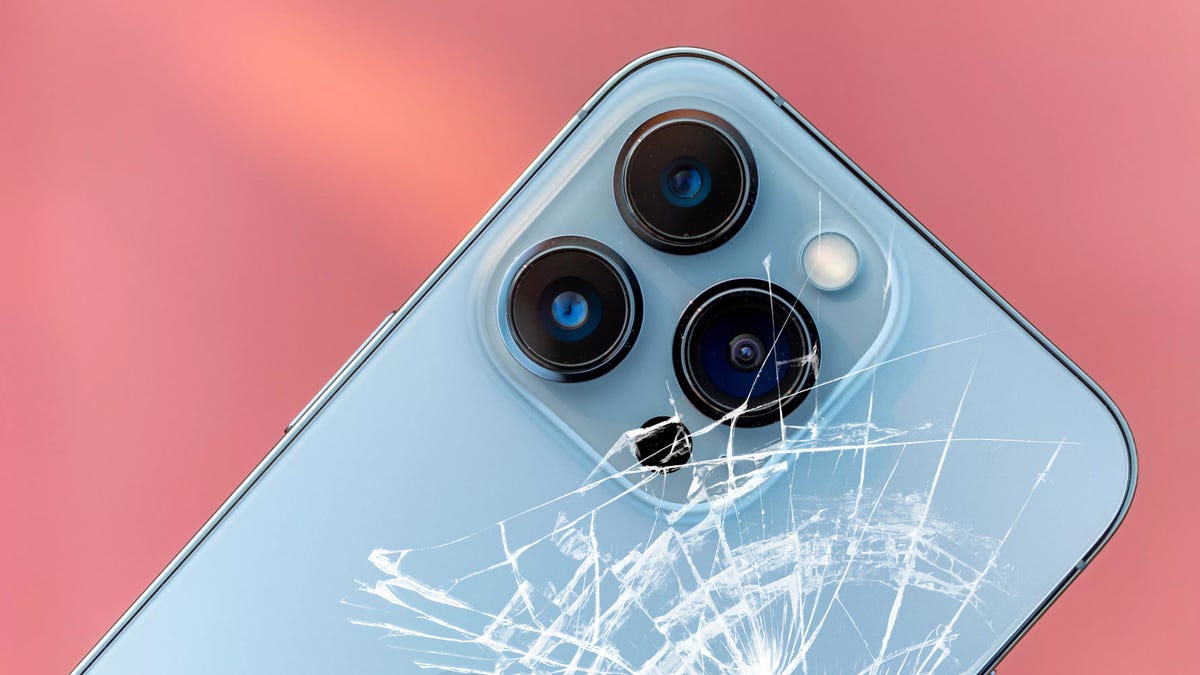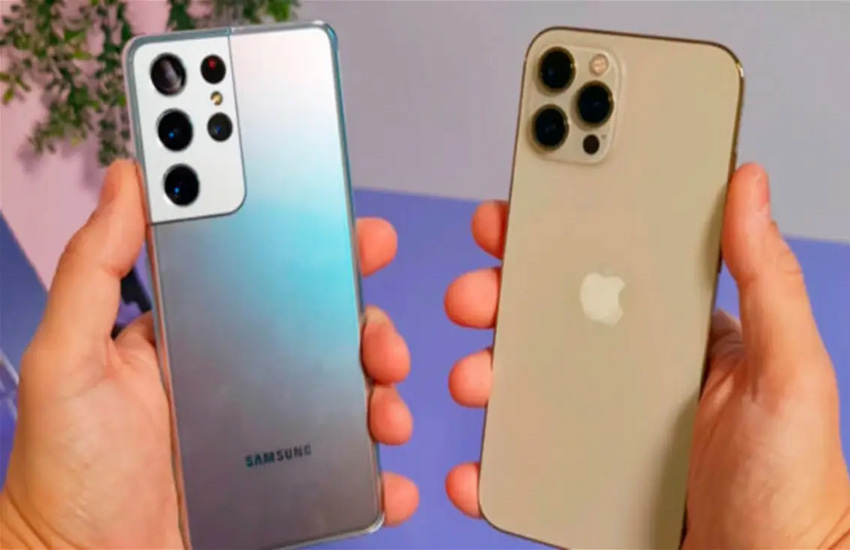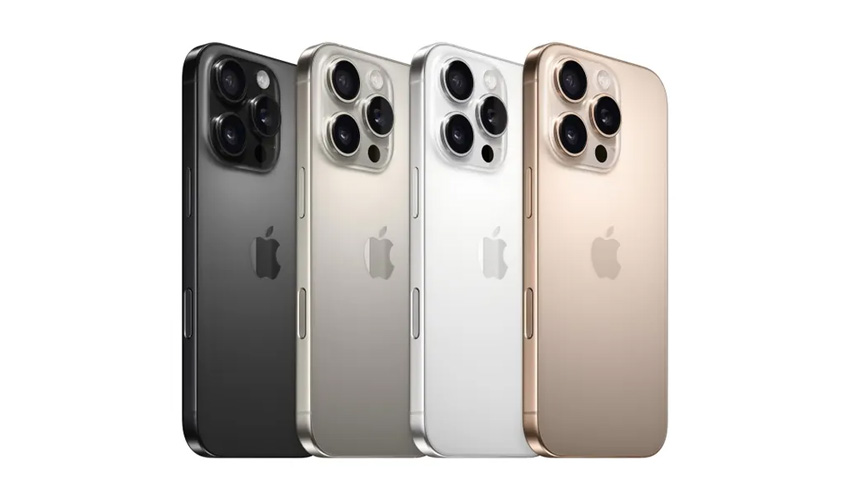In the fast-paced world of smartphones, the investment in cutting-edge technology comes with the inevitable risk of damage.
With top-tier models from Apple and Samsung often surpassing the $1,000 mark, consumers are left pondering the cost of repairs in the event of an unfortunate mishap.
Apple's repair
For iPhone users, the repair landscape is dictated by Apple's official channels. Replacing a cracked screen on the recently launched iPhone 15 can set you back $279, while a more extensive front and back glass repair reaches $399.

However, Apple offers a lifeline in the form of AppleCare+, a subscription plan that significantly slashes repair costs. With AppleCare+, a cracked front screen repair on the iPhone 15 drops to a mere $29, enticing users with incident protection, express replacement services, and 24/7 customer support.
Samsung's repair
Samsung, too, offers official repair services with costs that may appeal to budget-conscious consumers. Repairing the screen on the Galaxy S23 can be more economical, with a complete screen module replacement priced at $209 and a screen repair alone at $174.

The game-changer for Samsung users is Samsung Care+, an insurance service that significantly reduces repair expenses. Subscription costs, ranging from $3 to $13 monthly, provide coverage for various damages, making cracked screen repairs as low as $29.
Third-party repairs
Venturing into the realm of third-party repairs may offer a more budget-friendly solution, but it comes with its own set of challenges.
The iPhone's software restrictions and compatibility issues with non-genuine parts may make the repair process more complex and potentially costlier. On the other hand, Samsung phones present fewer barriers to third-party repairs, potentially making them a more affordable option.
Long-term value
Despite the intricacies of repairs, a broader perspective emerges when considering the long-term value of smartphones.
Apple's commitment to extended software support, with iPhones receiving updates for up to seven years, contributes to their slower depreciation. A 2021 Decluttr report reveals that, on average, iPhones lose 49% of their value after 12 months, compared to Samsung phones dropping by 66%.
Are repairs becoming less frequent?
Advancements in smartphone durability have alleviated concerns about everyday wear and tear. Both iPhones and Samsung phones boast robust features such as water resistance and sturdy materials.
The iPhone 15, equipped with a Ceramic shield screen and an IP68 rating, and the Galaxy S23 with Corning Gorilla Glass Victus 2, showcase the industry's commitment to producing more resilient devices.
As consumers navigate the complex terrain of smartphone repairs, weighing the initial investment against potential repair costs becomes crucial. While Apple and Samsung offer official channels with varying price points, the decision ultimately hinges on individual preferences, long-term value considerations, and the peace of mind offered by insurance plans.
As technology continues to advance, the durability of smartphones brings a glimmer of hope that costly repairs may become less frequent, offering users a more resilient and lasting smartphone experience.



























